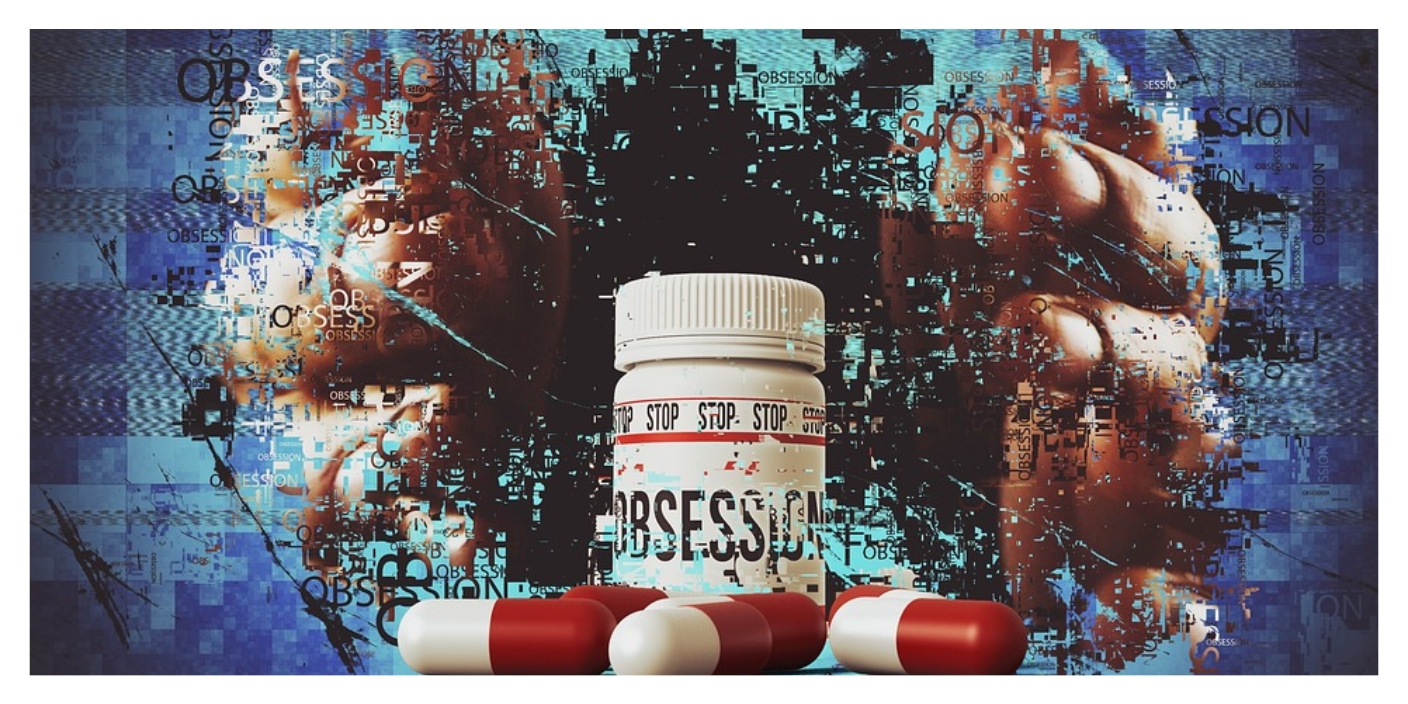Everything You Need to Know About Post-acute Withdrawal Syndrome (PAWS)
Withdrawal is a physical or mental response of the body after cessation of drug or alcohol use. While in the recovery phase, people may encounter withdrawal symptoms ranging from physical discomfort to serious mental issues. However, these symptoms are temporary, and you can successfully survive them.
Some people tend to quit drug addiction without any supervision, but acute withdrawal symptoms can lead to detrimental health implications. Therefore, you should seek professional mental health services and complete your detox in a supervised setting. Moreover, educating yourself about withdrawal symptoms is essential. So, here we have provided an in-detail guide to PAWS, including its symptoms and coping strategies.

What is Post-Acute Withdrawal Syndrome?
While recovering from detox from alcohol, marijuana, opiates, benzodiazepines, cocaine, and other highly addictive substances, some people experience a short phase of physical discomfort known as acute withdrawal. This is actually a healing process, but the second stage of withdrawal symptoms, post-acute withdrawal, is associated with psychological and emotional aspects. Depending on your drug addiction, the symptoms can last either a few weeks or a few months down the line, depending on the substance, duration, quantity used, and frequency.
Withdrawal syndrome is a natural process of recalibrating your mind after active addiction. You can take it as a way to correct the chemical imbalance of your mind caused by the drugs. This phase of rehabilitation is temporary but is a main driver of relapse.
Common Symptoms of PAWS
In order to prevent relapse, it is essential to know that the unpleasant and uncomfortable sensations you feel during recovery are the symptoms of your PAWS. Most people in recovery explain PAWS as flowing waves or an up-and-down roller coaster effect. These symptoms change minute by minute. However, the most common symptoms include:
- Foggy thinking/trouble remembering
- Cravings
- Irritability
- Hostility
- Stress sensitivity
- Sleep disturbances (vivid dreams or insomnia)
- Fatigue
- Anxiety or panic
- Depression
- Lack of initiative
- Issues with fine motor coordination
- Impaired ability to concentrate
- Mood swings
- Alcohol or other drug cravings/dreams
- Apathy
PAWS Symptoms Associated with Common Drug Classes
Far more serious symptoms can result from certain drug classes, such as:
Alcohol
The withdrawal symptoms of quitting alcohol are very prominent and have received great attention. The hyperexcitable state can lead to tremors and seizures, but minimal symptoms, such as sleep disturbance, mood swings, or a lack of sexual interest, can take several months or even years to disappear. However, a gradual reduction of alcohol intake can minimize these symptoms.
Opioids
Long-term use of opioids can lead to severe withdrawal symptoms if individuals suddenly stop using them. The symptoms include fatigue, anxiety, and sleep disturbances in dependent individuals when they stop taking these drugs. Opiate receptors are activated by endorphins, which decreases the recovery process. This weakens the opiate signaling of the brain, increasing patients’ mood disturbances and pain sensitivity.
Psychostimulants
The sudden stop of acute stimulants, such as amphetamine and cocaine, can lead to paranoia, impulse control problems, anxiety, depression, and issues disrupting your emotional regulation. The withdrawal symptoms followed by prolonged use of stimulants can take several months or longer to recover.
Benzodiazepines
Benzo withdrawal can lead to severe symptoms such as schizophrenia, panic disorders, depression, and obsessive-compulsive disorder (OCD). Benzodiazepines are mostly taken by patients to relieve their anxiety and panic attacks, but anxiety is the most common cause of PAWS.
These are the most common drug groups associated with severe symptoms of PAWS. However, there are other drugs.

Coping With PAWS
Avoiding PAWS is not possible, however, you can reduce the symptoms of PAWS by successfully embracing coping strategies.
Practice Self-Care
The next 12 to 48 months after recovery are critical, so you need to practice self-care to alleviate PAWS symptoms. Focus on yourself and try to keep a healthy lifestyle, featuring regular exercise, a healthy diet, meditation, hygiene, establishing supportive relationships, and expressing your feelings and emotions to your therapist or a trusted person.
Avoid Triggers
Avoid any situation that reminds you of your drug addiction, aggravates your cravings, or provokes your anxiety, such as noisy or crowded places, night clubs, etc. this will greatly facilitate you in minimizing the symptoms of PAWS.
Be Kind To Yourself
Be patient and calm yourself with the saying “This too shall pass” to prevent going off the track. If you find it hard to concentrate, limit the amount of time you utilize on tasks. If insomnia is a concern, limit your caffeine consumption before going to bed and schedule your sleep and wake routine. Moreover, be gentle with your thoughts and emotions to reap the fruits of detox in the best possible way.
Final Words
Getting back to a sober lifestyle takes time, and you have to face a few challenges like the stages of withdrawal. However, the symptoms of withdrawal symptoms are temporary, and with effective coping strategies, you can get through them effectively and prevent relapse occurrences.
Recommended For You
Best Curcumin Capsules In India
Most Inside
Most Inside offers high-quality recommendations and valuable updates to enhance all aspects of your life, providing premium guidance and enriching experiences.




